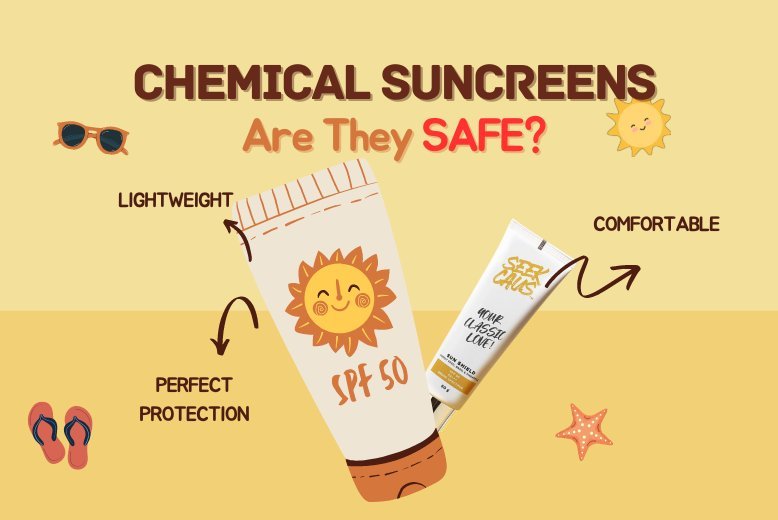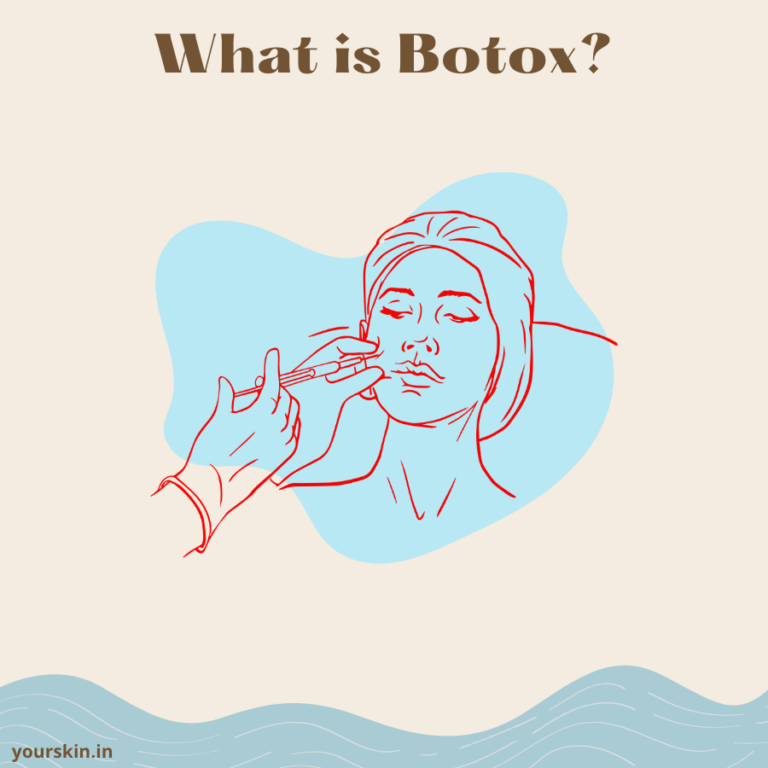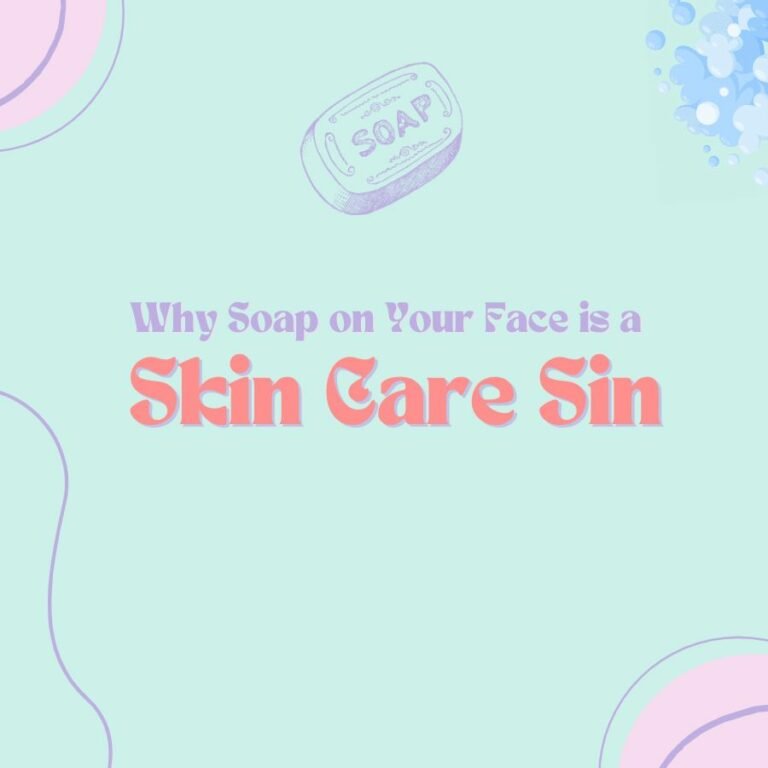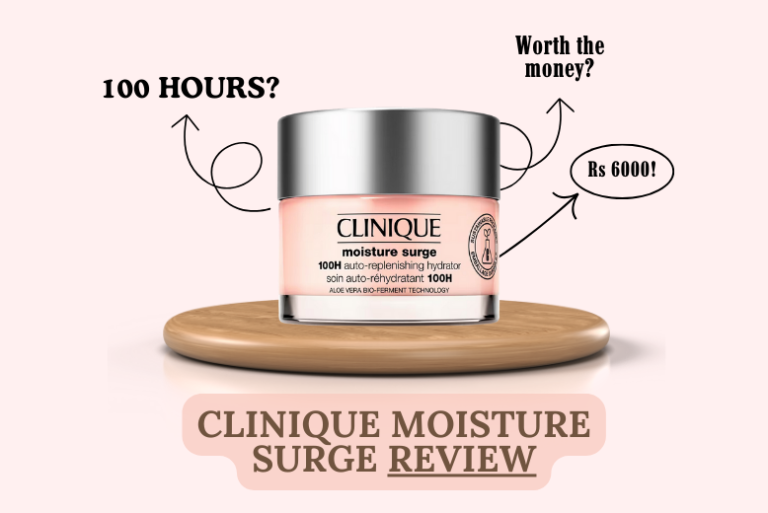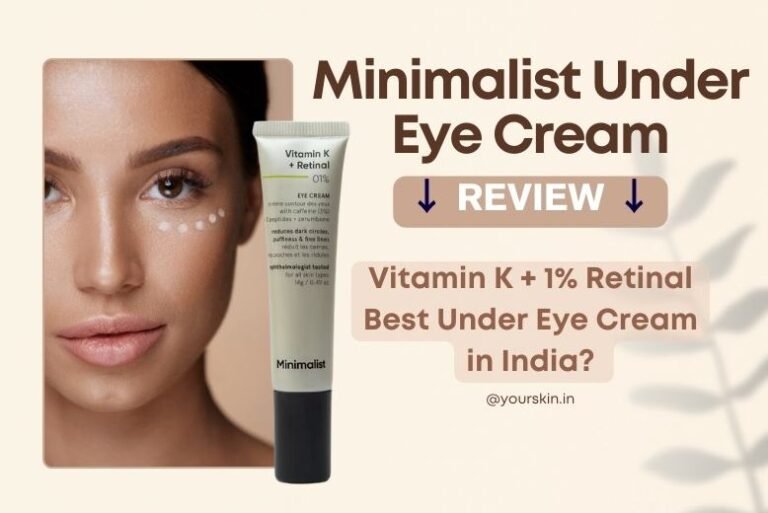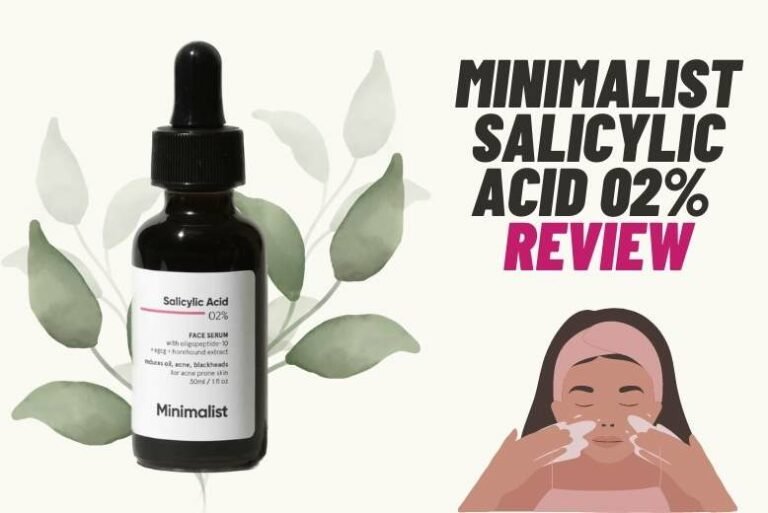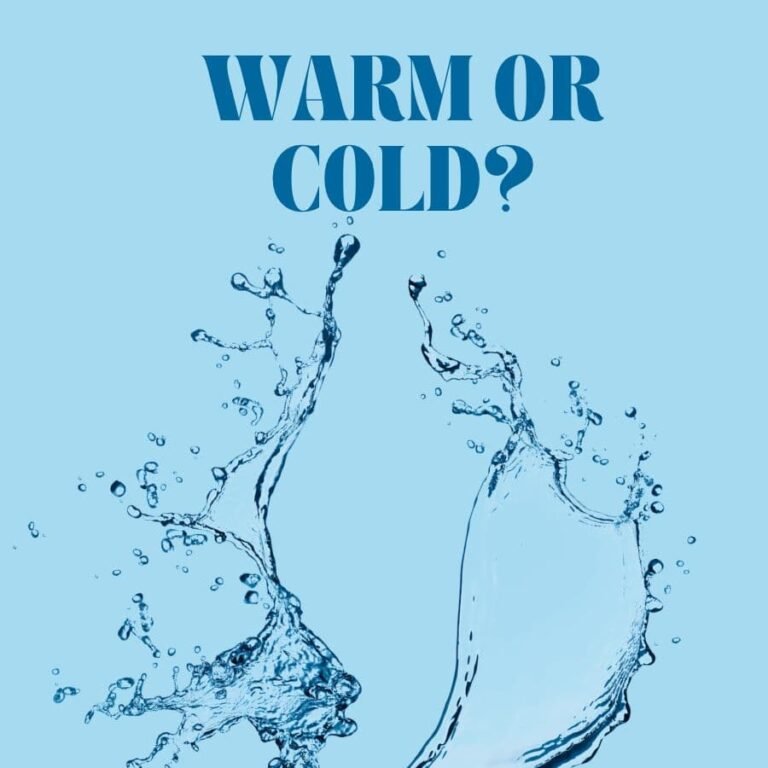The term ‘chemical’ in skincare is a dangerous one. Many people assume that a chemical is anything that’s harmful and harsh for the skin. But that’s not the case. Everything used in skincare products is made of chemicals, even the most natural ones.
This post may contain affiliate links, meaning we may receive a commission from the purchases made through these links. We will only recommend products that we have personally used!
So what do you think when you hear about “chemical sunscreens?” Sunscreens are some of the most essential things in skincare, and the market is filled with chemical sunscreens. But are they safe for your skin?
There have been some concerning studies revealing the dangerous aspects of some of the ingredients used in chemical sunscreens.
In this article, we’ll look at the safety of the ingredients used in chemical sunscreens and find out whether you should use them or switch to mineral sunscreens.
A Briefer
Chemical sunscreens use ingredients that absorb UV radiation and convert it into heat, while mineral sunscreens form a film on your face to reflect UV radiation.
Mineral sunscreens are not absorbed into your skin, while chemical sunscreens need to be absorbed into your skin to work. And this is where problems begin.
A recent study by the FDA showed that many of the common ingredients used in sunscreens can get inside your body and affect the body’s functions, primarily interfering with hormonal functions.
If you use a chemical sunscreen, go ahead and get the bottle and look at the ingredients. If you find any of these ingredients, then you should continue reading this article.
- Oxybenzone
- Homosalate
- Avobenzone
- Octyl methoxycinnamate
We will also link all the relevant studies that have found these ingredients concerning regular usage.
All of the mentioned ingredients are absorbed in the body at a much higher rate and concentration than expected or allowed. The FDA and the European Commission have found concerning data about the absorption rate.
But nothing of that sort has happened in India. We will also mention all the popular sunscreens containing these compounds, but obviously, we cannot provide a complete list. So make sure to look for these ingredients when you are buying sunscreen.
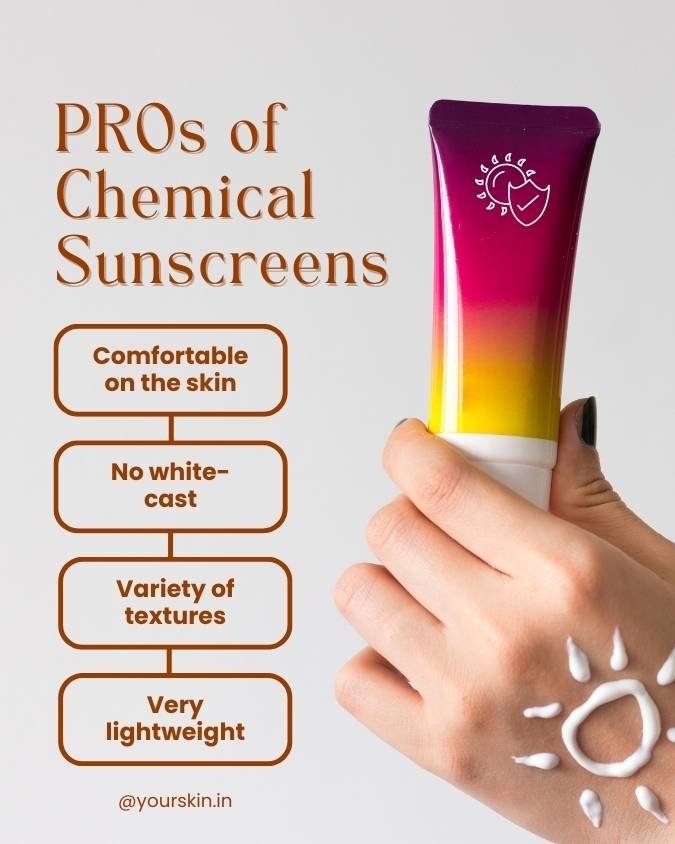
Oxybenzone or Benzophenone-3
Oxybenzone is one of the most common ingredients in chemical sunscreens in India. It has excellent UV absorption properties and hence it finds a place in sunscreens. But is it safe for your body?
Oxybenzone has been found to be an endocrine disruptor (interfering with your hormones), an allergen for many people, etc. This study found that teenage boys with high levels of oxybenzone had significantly lower levels of testosterone.
Here are all the concerns about oxybenzone summarized:
- It is absorbed in the skin more readily than other ingredients
- Disrupts hormone functions
- Females exposed to oxybenzone have been linked to increased risk of endometriosis.
Research – Kunisue 2012, Scinicariello 2016, Rodriguez 2006, Krause 2012, Ghazipura 2017
Homosalate
Another common ingredient used in chemical sunscreen is homosalate, and research has shown some concerning facts about it.
For example, homosalate has been found to:
- Interfere with hormonal functions
- Produce toxic byproducts in the body
Research – Krause 2012, Sarveiya 2004, SCCNFP 2006, Matta 2020
Avobenzone or Butyl Methoxydibenzoylmethane
Avobenzone is also just as common as oxybenzone and it needs to be paired with other chemicals to make it stable. Avobenzone is great at blocking UV radiations but it has failed in some safety tests.
For example:
- Avobenzone is also an endocrine disruptor
- It can be an allergen for many people
- Might affect testosterone production
Research – Nash 2014, Klopcic 2017
Octyl Methoxycinnamate
The common name for this ingredient is Octinoxate and it has also shown some unsafe effects on the human body.
Here are all the harmful effects it can have on the body:
- Interferes with the hormonal functions
- Affects thyroid functions which affect metabolism
- Could affect androgen and progesterone pathways
- Can be an allergen for many people.
- Affects aquatic life as well.
Research – Matta 2019, 2020, Seidlova-Wuttke 2006, Krause 2012, Rodriguez 2006
Sunscreens with These Ingredients
So are these ingredients poisonous to your body? Not at all. The use of these ingredients in limited quantities is perfectly fine and would not affect the body too much.
The research around these ingredients is not conclusive, but yes, they are not too safe either. A higher absorption rate than expected is definitely a signal of concern.
Generally, any of these ingredients under 3% or 4% is considered safe for use and has been cleared by the FDA and EU Commission.
But still, if you want to avoid them totally and switch to a much better and safer mineral sunscreen, then here’s a list of some very common and popular chemical sunscreens with these ingredients.
- Lotus Herbal Tinted Sunscreen – Oxybenzone
- Elovera SPF – Avobenzone
- Melaglow – Avobenzone
- VLCC De-tan sunscreen – Octocrylene
- Mam Earth Sunscreen – Has more than three of these chemicals
Make sure that you look at the ingredients before you buy the sunscreen. If you can, avoid these ingredients. Take care of your skin.
Recommendations
Before we say goodbye, here are some tried and tested chemical sunscreens that are totally safe for you:
- SEEKCAUS Sunscreen SPF 50 PA+++
- WishCare Invisible Gel Sunscreen SPF 50+ PA++++
- Aqualogica Glow+ Dewy Sunscreen 50g
Looking for Sunscreens? Read this:

